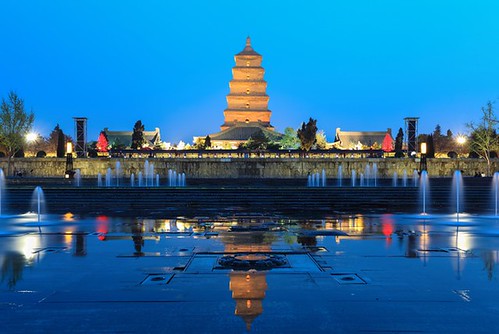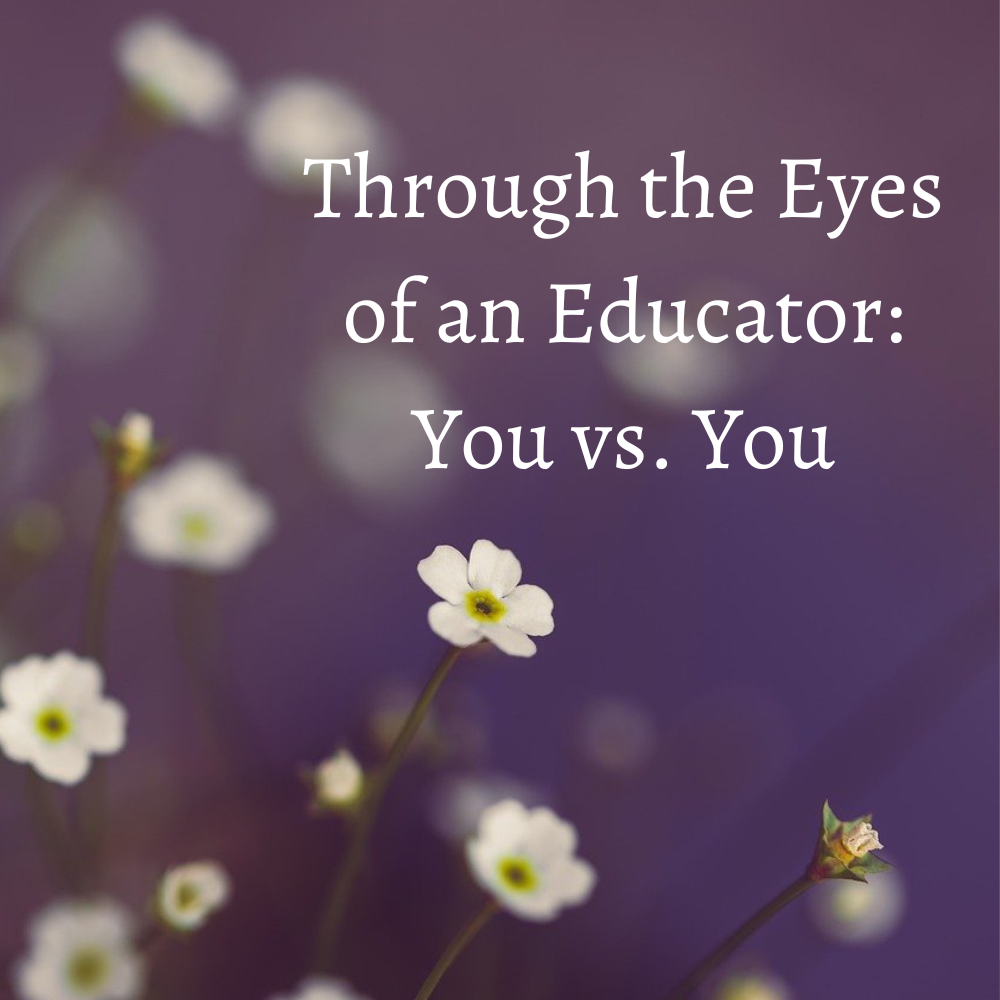Story of China Connects History to Present
China: a place both ancient and modern, well known and unknown, distant, different: a powerful contemporary nation that is still little known and even less understood by most people in the west. The Story of China, a six part video series from Maya Productions, intends to help with understanding modern day China through looking at aspects of the country's 4000 year history in ways that connect with how people live in China today. The series, which has aired on PBS and BBC2, is available on dvd. PBS and MayaVision have created a variety of interactive and educational resources to go along with the programs, too.

Presenter Michael Wood's background in and enthusiasm for history comes into focus as he leads the way through the series. He has been traveling to China since the 1980s, which adds to his perspectives on what life is like in China today, how things have changed for the people of China in recent years, and how the country's history shapes that.
In the west, ideas of China are often focused on and by the ruling Communist Party. The country is no longer defined by the harshest aspects of Mao's cultural revolution, Wood points out -- if indeed it ever was. "I first traveled to China in the early 1980s," he says. "Coming out of the Communist era and Chairman Mao, people still looked a bit traumatized by what they had been through." Today, Wood finds that "People have come through that -- the Chinese people are comfortable in their own skins again. China is a one party state, but it is also a raging free market economy. Everybody is an individual. You'd never in the old days called China an individualistic civilization, but you get more of that now. I think you suddenly realize," he continues, "that he communist era lasted -- it started in 1949 and the worst times grew through 50s and 60s and then by the end of the 70s it was over. So what's happening is that the old culture is coming back. The Chinese people absolutely love their culture." People are reclaiming what they've loved for centuries through stories, through food, through rituals of faith and day to day life.

Xidi and Hongcun
That's part of the way the Story of China series is framed: telling stories of important parts of Chinese history, art, and culture through visits to significant places and interactions with Chinese people today who are, for example, joining in a family reunion, presenting a traditional opera in a small town, uncovering the past through studying artifacts, and passing on traditional stories.

Beijing
Several things stand out in The Story of China through the films, in the interactive online material for general audiences, and in the educational material at PBS Education.
One is the size of the country. It takes more than seven hours to fly from Beijing in the east to Kashgar in the west, for instance. That vastness holds landscapes from desert to mountain to green lands, from rivers to lakes to high plateau -- and it seems no wonder that rulers of China thought their country to be the center of the world for many generations, or that explorers and traders from the west, when they began to visit, found China both fascinating and strange.

Kashgar
That is, to a certain extent, still true. The Story of China helps set this in context, exploring, for example, stories of Confucius while walking streets in the town where he was born, and talking with people who study his work and live out his philosophies in their day to day lives. A visit to the Terra Cotta Warriors includes conversation with archaeologists restoring the figures about what they are learning, along with stories of the emperor who caused them to be made in the first place. There are stories of rulers and of artists, farmers, teachers, and of legends and myth as well. These programs are as thought provoking as they are filled with information and story.

Xian
The programs are good for raising questions such as: How do people tell stories of the history of your country to each other? What context might be added to tell them to people from other lands? In the interactive and education focused sites, you can test your understanding of where things are located across China, see what emperor you might be most like, and get ideas for lessons for classroom and home school purposes. Online material also lets you learn more about the production staff behind this complex project, and delve into such aspects as how the music for the series came to be, too.

Suzhou
The six episodes of the story of China cover more than 4000 years of history in a land which today comprises millions of people of different backgrounds, faiths, and ethnicities. China is changing rapidly on all fronts, Wood points out. "It's a country in process," he says. Beijing and Shanghai and other large cities in China are on par with major international cities around the world, but most Chinese still live away from the large cities, where life and economy often hold struggle. However, "You go to any Chinese towns these days and you'll see a lot of cultural things," he says. "You'll see the living shrines again, of Buddhism, of Taosim, of regional beliefs, you'll see music performances, operatic performances, storytellers -- a lot of dynamic things going on." Big city or small town, you will also find that family and home are at the heart of things for people in China. The series begins, in fact, at a family reunion where current generations are reporting to their ancestors about how their lives are going, and concludes, after journeys through history, culture, and place, with family members sharing stories around the table over a meal.

Luoyang
"When I traveled in the 80s I remember coming away thinking that I really enjoyed being with the Chinese people. Contrary to what some might think they are actually very sociable and hospitable and fun," Wood says.

Michael Wood with Korean scholars at the Confucian cemetery in Qufu
Seeing China today through perspective of both traveler and historian, what Michael Wood most wants people to take away from the films is just that: "The warmth of the Chinese people, that [viewers of the programs] can enjoy being with the people who are the focus of the series," Michael Wood says. Through the films and the educational components, Wood, his fellow professionals at Maya Vision, and the PBS professionals involved have created programs that are engaging to watch as well as thought provoking. The educational resources on line for The Story of China add to this, offering ideas and exercises to explore that will be interesting and useful for teachers and students, and of interest to people beyond the education fields, as well.

Kaifeng
Kerry Dexter is Music Editor at Wandering Educators. You may reach Kerry at music at wanderingeducators dot com.
You may find more of Kerry's work in National Geographic Traveler, Strings, Perceptive Travel, Journey to Scotland, Irish Fireside, and other places, as well as at her own site, Music Road.
All photos courtesy and copyright PBS Story of China
-

- Log in to post comments



















